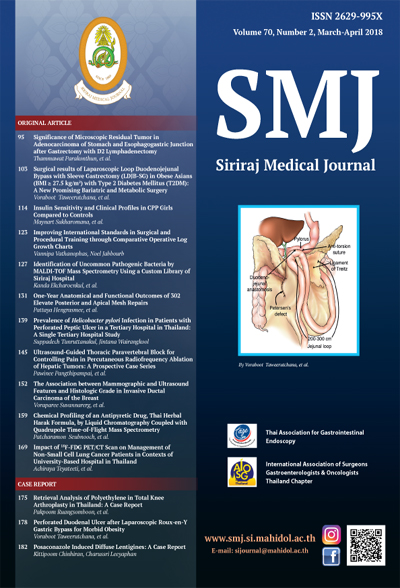Improving International Standards in Surgical and Procedural Training through Comparative Operative Log Growth Charts
Abstract
Objective: To use these growth charts to critically assess sufficiency of cases and parity of cases between residents, and to compare these growth charts to available international standards for minimum case numbers.
Methods: Operative Log Growth Charts were developed for key indicator procedures for graduating otolaryngology residents in 2012-2014 at a large teaching hospital in the capital city of a newly industrialized country. Comparisons were made between years of training and required minimum case numbers published by the ACGME RRC for Otolaryngology.
Results: Data was available to create 7 key indicator operative log growth charts to include all available data from 2012-2014 residents. These growth charts were used to assess growth in operative procedures for residents in the program compared to historical norms in the program. Graduating residents surpassed ACGME minimum case numbers in Bronchoscopy only and were below the minimum numbers for the other key indicators tested.
Conclusion: There is significant heterogeneity in the standards for otolaryngology training between countries. It is possible to develop program-specific and country-specific operative log growth charts.
Downloads
Published
How to Cite
Issue
Section
License
Authors who publish with this journal agree to the following conditions:
Copyright Transfer
In submitting a manuscript, the authors acknowledge that the work will become the copyrighted property of Siriraj Medical Journal upon publication.
License
Articles are licensed under a Creative Commons Attribution-NonCommercial-NoDerivatives 4.0 International License (CC BY-NC-ND 4.0). This license allows for the sharing of the work for non-commercial purposes with proper attribution to the authors and the journal. However, it does not permit modifications or the creation of derivative works.
Sharing and Access
Authors are encouraged to share their article on their personal or institutional websites and through other non-commercial platforms. Doing so can increase readership and citations.











